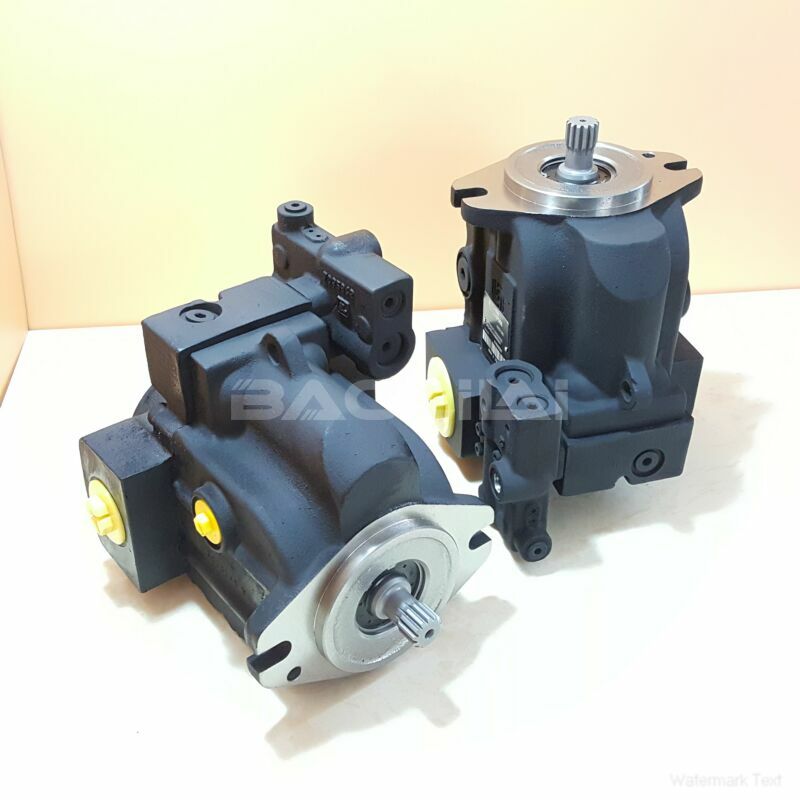LRL030DLB2120NNN3C2NFA6NAAANNNNNN danfoss pump
LRL030DLB2120NNN3C2NFA6NAAANNNNNN danfoss pump

- Product Details
- Applicable Scene
Water jet cutting has revolutionized manufacturing and design processes across various industries, allowing for the precise and efficient cutting of a wide range of materials. Central to this cutting technology are high-pressure pumps, which generate the necessary water pressure to create high-velocity water jets. This article explores the importance of high-pressure pumps in water jet cutting, particularly in executing complex and detailed designs.
LR-L-030D-LB-21-20-NN-N-3-C2NF-A6N-AAA-NNN-NNN
LRL030DLB2120NNN3C2NFA6NAAANNNNNN
At the heart of a water jet cutting system lies the high-pressure pump, which typically operates between 30,000 to 90,000 psi (pounds per square inch). The ability to maintain such high pressures is critical for the functionality of water jet cutting. The pump takes regular water and compresses it to an extremely high pressure before directing it through a narrow nozzle, resulting in a finely focused jet of water capable of cutting through various materials, including metals, ceramics, glass, and composites.

7005605S
One of the key advantages of using high-pressure pumps in water jet cutting is their versatility. Unlike traditional cutting methods, which may require different tools for different materials, water jet cutting can handle an extensive range of materials and thicknesses using the same setup. This not only reduces setup times but also streamlines the production process, making it easier to achieve complex designs without the need for multiple machines.
High-pressure pumps further enable the execution of intricate and detailed designs with unmatched precision. The narrow diameter of the water jet allows for a fine cutting path, minimizing kerf and waste. This precision is essential in industries where exact specifications are crucial, such as aerospace, automotive, and architectural design. The ability to design complex patterns, elaborate engravings, and delicate shapes becomes feasible, which might be impossible with other cutting methods.





